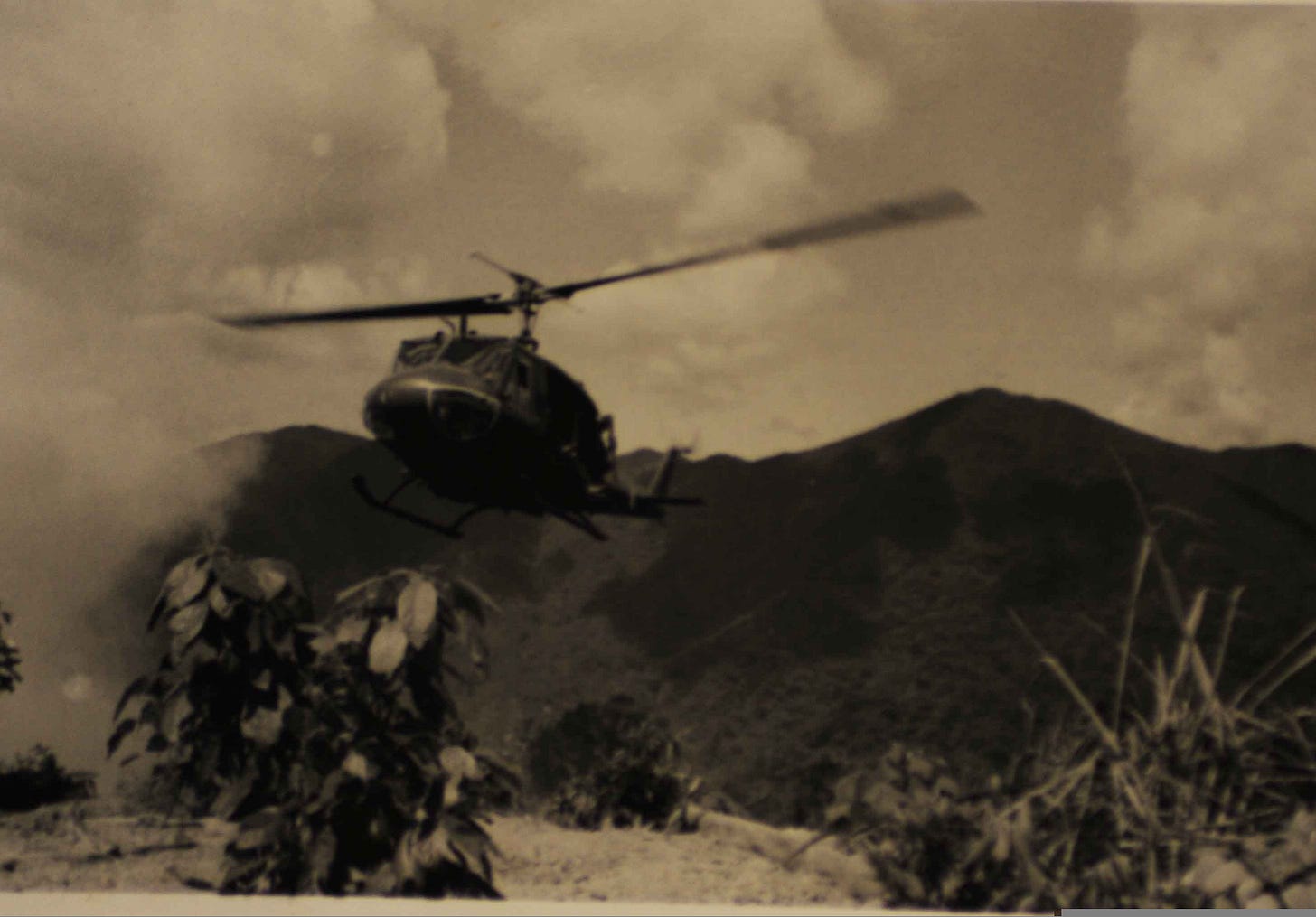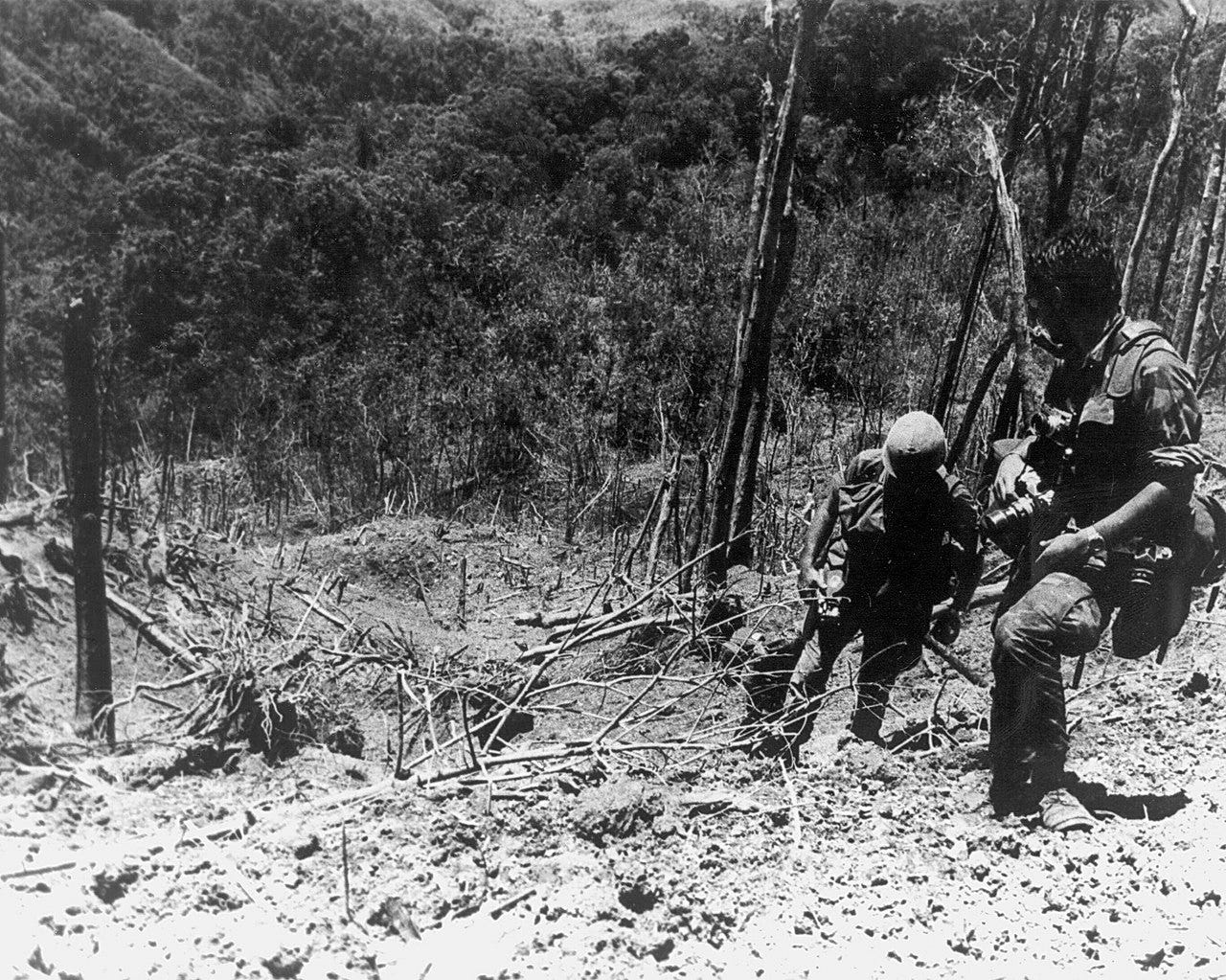Operation Apache Snow
Operation Apache Snow was launched in early May 1969 by the United States and South Vietnamese forces.
"Operation Apache Snow" was a significant military campaign during the Vietnam War, aimed at disrupting the North Vietnamese Army (NVA) and the Viet Cong (VC) in the A Sầu Valley. This operation, which took place in May 1969, is notably remembered for the fierce Battle of Hamburger Hill, a controversial engagement due to its high casualties and questions about its strategic value. In this essay I’ll delve into various aspects of Operation Apache Snow, examining its objectives, execution, outcomes, and its place in the broader context of the Vietnam War.
Operation Apache Snow was launched in early May 1969 by the United States and South Vietnamese forces. Its primary goal was to clear the People's Army of Vietnam (PAVN) and VC from the A Sầu Valley, an area near the Laotian border that was a key route for the Ho Chi Minh trail and a stronghold for the North Vietnamese forces. This operation was part of a larger strategy to disrupt enemy supply lines and weaken their stronghold in the strategically important region.
photo: Bell UH-1 Huey helicopter landing with soldiers of the 101st Airborne Delta Raiders in the A Sầu Valley near Hue, Vietnam.
Strategic Importance of A Sầu Valley
The A Sầu Valley held significant strategic importance for both sides in the Vietnam War. For North Vietnam, it was a crucial part of the Ho Chi Minh trail, used for transporting supplies, troops, and equipment from North Vietnam to their forces in the South. For the United States and South Vietnam, gaining control of this area was seen as essential to cutting off these supply lines and diminishing the operational capabilities of the NVA and VC.
The Forces Involved
Operation Apache Snow involved a combination of U.S. Army, Army of the Republic of Vietnam (ARVN), and U.S. Marine Corps units. These forces were tasked with conducting search and destroy missions in the rugged terrain of the valley. The operation brought together a mix of infantry, artillery, and aerial support, highlighting the multi-faceted approach the U.S. military was employing in Vietnam.
photo: Wounded soldiers being loaded onto a UH1H Huey helicopter operating in a medical evacuation role. Operation Apache Snow, May 1969
The Battle of Hamburger Hill
The most intense and well-known aspect of Operation Apache Snow was the Battle of Hamburger Hill, which occurred between May 10 and May 20, 1969. This battle was characterized by its brutal close-quarters combat and the challenging terrain of Hill 937, where it primarily took place. The hill earned its nickname due to the grinding, meat-grinder nature of the combat experienced by the troops.
photo: U. S. Army Photographer and assistant climbing through the devastated landscape on Dong Ap Bia after the battle.
Controversies and Challenges
The Battle of Hamburger Hill and Operation Apache Snow as a whole were marked by controversies. The high casualty rates, coupled with the perceived lack of strategic value in securing Hill 937, led to intense debates in the United States about the conduct of the war. This battle exemplified the challenges of fighting in Vietnam, where territorial gains were often temporary and the human cost was high.
Tactical Execution
Operation Apache Snow was a textbook example of conventional warfare tactics being applied in an unconventional warfare environment. The use of heavy artillery, bombing runs, and frontal assaults against well-entrenched enemy positions reflected a traditional military approach, which often proved costly in the dense jungles and rugged terrain of Vietnam.
Impact on U.S. Military Tactics and Policy
The fallout from the Battle of Hamburger Hill had a significant impact on U.S. military tactics and policy in Vietnam. The criticism and public outcry that followed led to a reevaluation of the search and destroy strategy and contributed to the eventual shift towards Vietnamization – the process of transferring combat roles to South Vietnamese forces while gradually withdrawing U.S. troops.
The Aftermath of Operation Apache Snow
In the immediate aftermath of Operation Apache Snow, U.S. and South Vietnamese forces successfully cleared the A Sầu Valley of significant enemy presence. However, this success was short-lived, as the NVA and VC soon returned to the area. This highlighted the transient nature of territorial control in the Vietnam War and raised questions about the long-term effectiveness of such operations.
Operation Apache Snow in Historical Context
Operation Apache Snow must be understood within the broader context of the Vietnam War. It exemplifies the challenges faced by U.S. and allied forces in fighting a determined enemy in difficult terrain, as well as the limitations of conventional military strategies in a guerrilla warfare environment.
Operation Apache Snow, and particularly the Battle of Hamburger Hill, remain emblematic of the Vietnam War's complexities and controversies. The operation's high costs, both in human lives and political fallout, underscore the difficulties of the war and the challenges in achieving clear-cut military victories in such a conflict. The legacy of Operation Apache Snow continues to influence military strategy and public perceptions of the Vietnam War.




